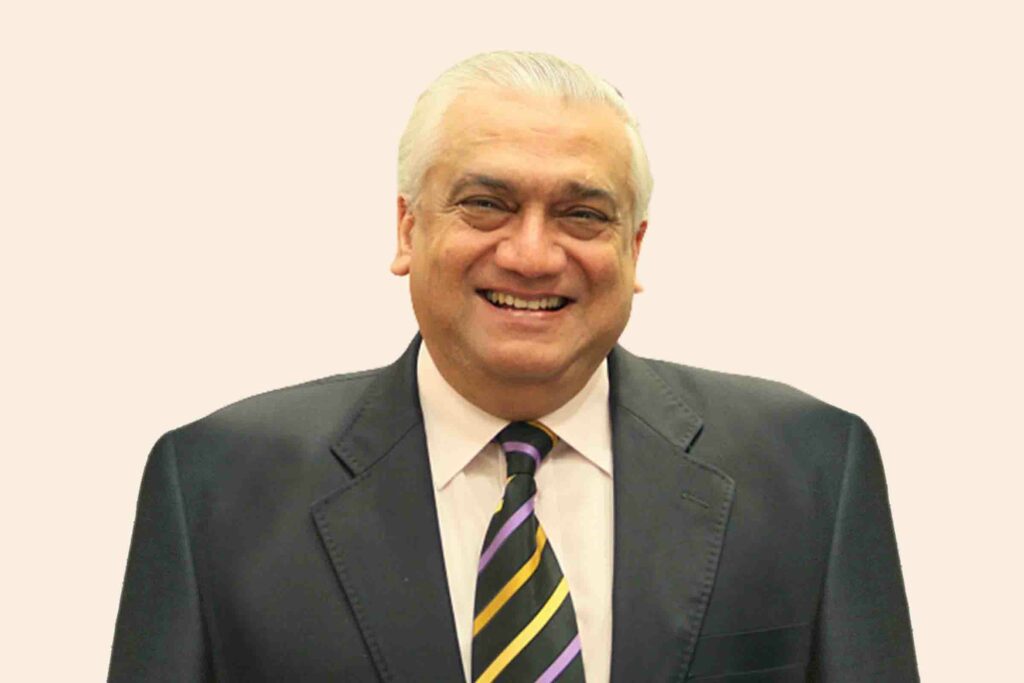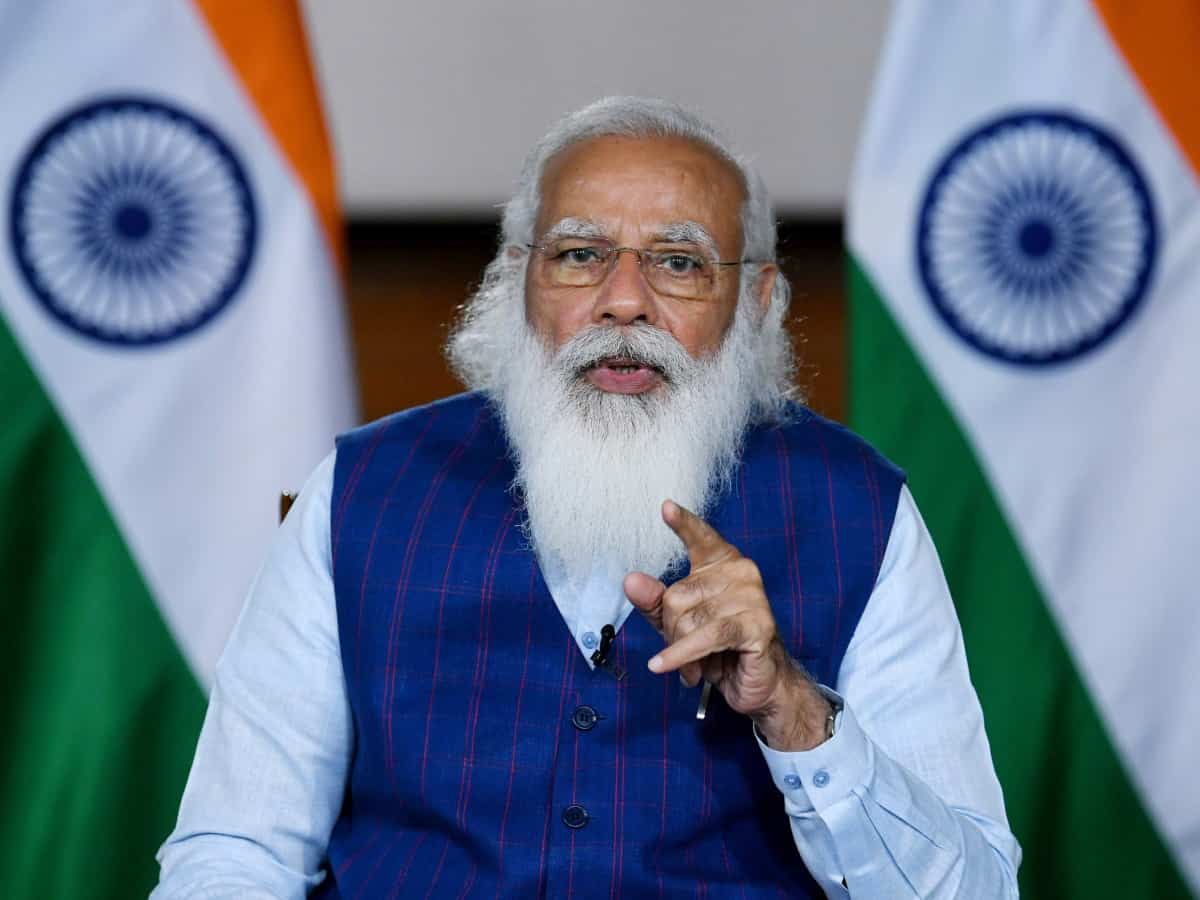
Sanjaya Baru — journalist, public servant, public intellectual-at-large — asserts that Narendra Modi as prime minister has effected a “cultural revolution” in the Indian order. In this process, he has overturned the traditional structure of the national “power elite” and replaced it with new wielders of power and influence in the polity.
Mr Baru adopts Modi’s perception of the traditional “elite” as, variously, “Lutyens’ Delhi”, the “Khan Market Gang”, and the “IIC Cabal” (the latter referring to members of the India International Centre, Delhi’s intellectual and cultural centre). This power elite consisted of those who went to upmarket boarding schools and colleges and premier British and American universities and dominated all centres of influence — politics, bureaucracy, and media.
Into this cosy scenario, Mr Modi has entered as a disruptive and transformative influence — purging influences from outside his party and imbuing into national culture the ideology and symbols of Hindutva as the authentic expression of the Indian ethos. Mr Modi’s “new elitism” also reflects the empowerment of people from subordinate castes, many of whom do not speak English, the lingua franca of the old elite.
As Mr Modi moved from Ahmedabad to Delhi, he knew he was an outsider and desperately wished to be accepted by the established power elite; this is, perhaps, what encouraged him to flaunt the expensive suit, with his name embroidered in gold thread. Rahul Gandhi’s taunt of “suit-boot ki sarkar” brought him down to earth. He now saw merit in the alternative approach of affiliating himself with the poor and down-trodden and to robustly reject “Lutyens’ Delhi” as unworthy of his larger vision of changing India ideologically and culturally.
Through most of the book, Mr Baru attempts to describe how Mr Modi’s “cultural revolution” has changed different constituents of the national power elite — business, landed gentry, regional leaderships, bureaucracy and the military, academia and media. Separate chapters give the historical background of each part of the elite and show how it has been transformed under Mr Modi’s influence.
In crucial areas, however, there has been hardly any change — Mr Modi has simply built on existing realities, the only change being to carefully twist them to his own advantage. Thus, business in India has consistently had very close ties with political leaderships; crony capitalism has been the defining feature of the Indian economic order. Mr Modi has continued these symbiotic ties with the corporate world, albeit with some new faces and far less transparency in financial transactions.
Similarly, the increasing wealth of rural politicians has been a feature of national politics for a couple of decades. In the 2019 Lok Sabha, 88 per cent of members were crorepatis, with the Bharatiya Janata Party (BJP) far ahead of other parties: A third of its members have assets of Rs 5 crore. As Mr Baru points out, “for all their anti-elitism, Modi and the BJP increasingly depend on the wealthy, the landed, the cash-rich to keep the machinery of political power well-oiled”.
Again, Mr Modi seeks the same “pliable officials” as previous governments. Now, the scale is quite different, however: Many officials in crucial positions have abetted Mr Modi’s systematic dilution of the status, influence and authority of regulatory and watchdog institutions.
An institution that has experienced severe damage in the Modi era is the military — his focus on security has promoted the steady politicisation of the armed forces and encouraged retired officers to adopt aggressive party positions in public to appease the leadership.
Mr Modi’s approach also includes a disdain for free-thinking academia and an independent media; under official patronage, both have been suborned to serve party interests.
Thus, after wearily traversing well-trodden ground, it is obvious to the reader that the “cultural revolution” that Mr Baru speaks of is scarcely that: Mr Modi has either continued earlier trends or has systematically subverted national institutions to serve his political interests or the ideological interests of his party.
Mr Modi’s anti-elitism is quite shallow, too. The terminology used — Lutyens’ Delhi, Khan Market Gang or IIC Cabal — suggests collectivised, monolithic entities united only in their desire to hate Mr Modi and maintain their “elite” status. In reality, there is little the three terms actually share, nor are they, within themselves, unified and uniform. Perhaps, what rouses Mr Modi’s animosity is that the IIC is a platform for free and open discussion, which, obviously, is anathema to him and his Sangh Parivar.
At the end of the book, Mr Baru finally dons his thinking cap and raises some important questions. He asks whether Mr Modi’s Hindutva project for the country can really be successful in the face of caste divisions and active regional politics. Again, he accepts that Indian elites are not monolithic and that Mr Modi’s politics is populist. Flowing from this, he wonders whether Mr Modi’s commitment to Hindutva is just a tactic to divert attention from consistent policy failures, particularly where the poor are concerned, and hold on to power.
The reader would have been better served if Mr Baru had looked at these issues in greater detail.
Talmiz Ahmad is an author and former Indian ambassador to Saudi Arabia, Oman and the UAE. He holds the Ram Sathe Chair for International Studies at the Symbiosis International University in Pune

